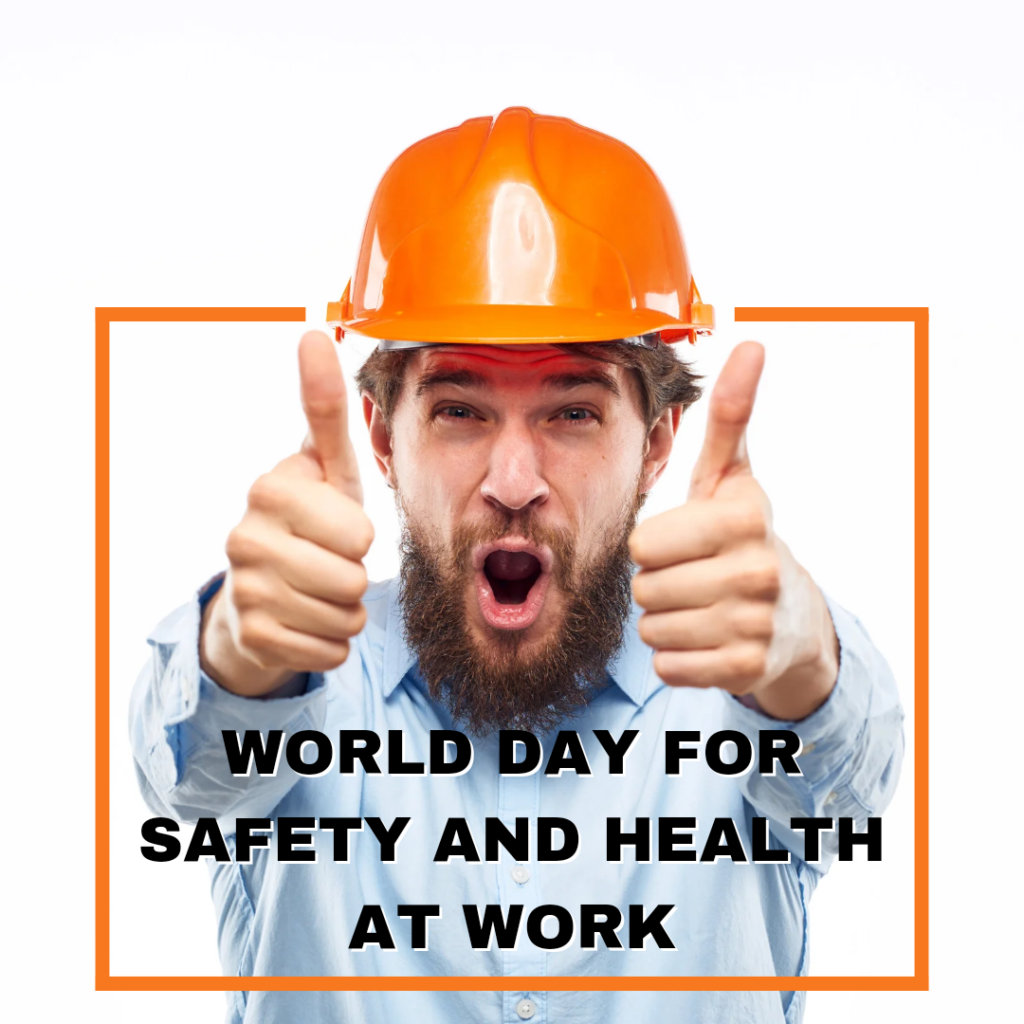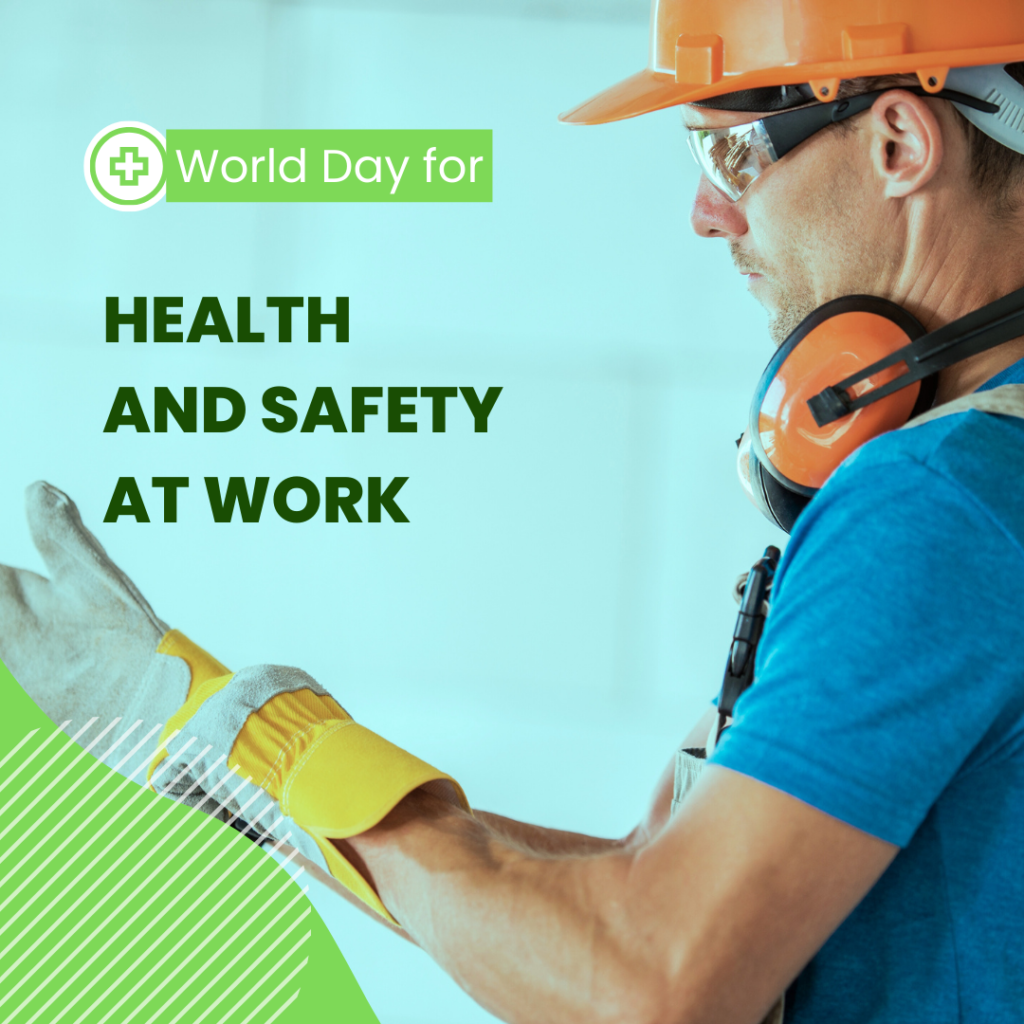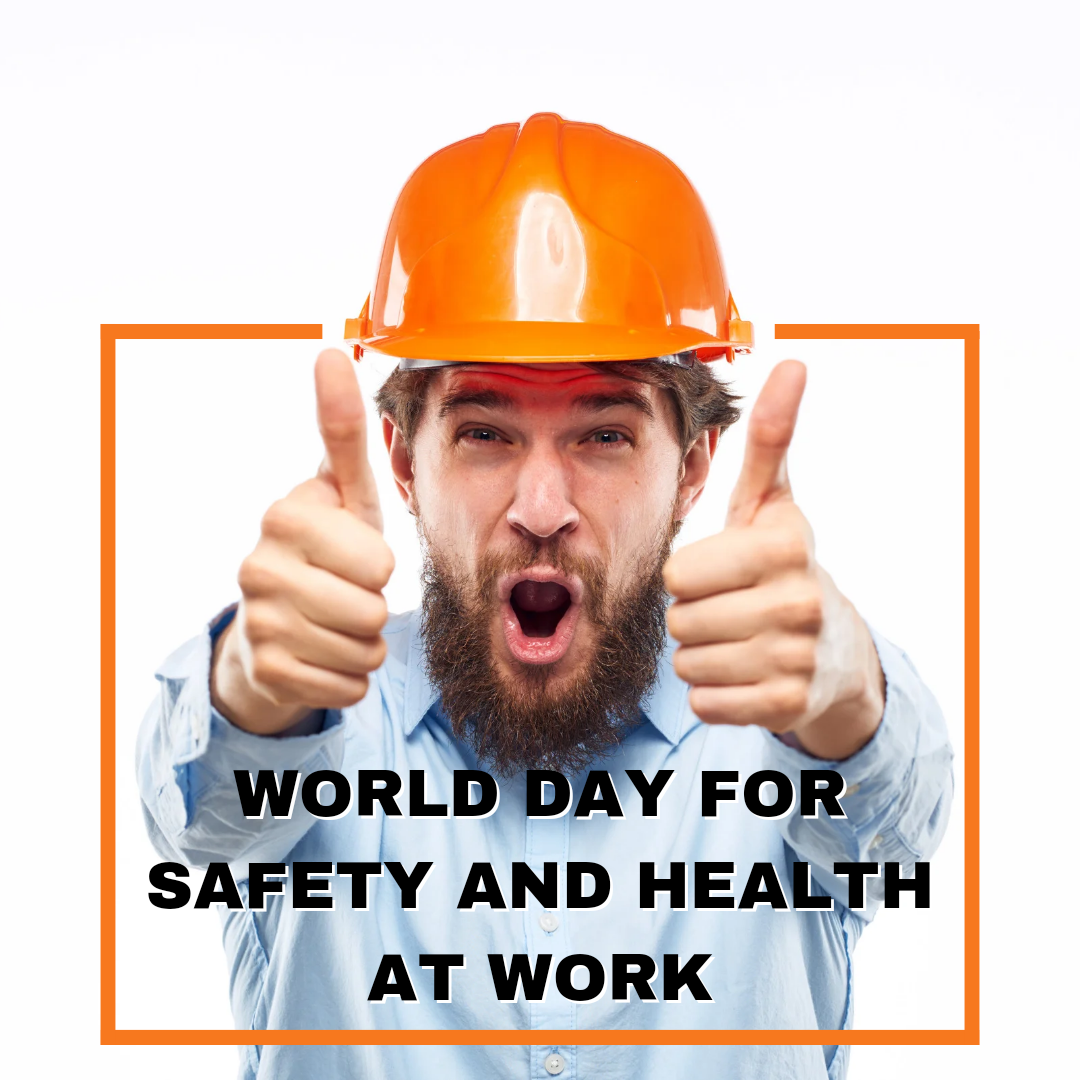
Understanding Supply Chains & World Day for Workplace Safety & Health

It’s essential to recognize that Building a sustainable supply chain goes beyond environmental and economic considerations. Further more, it also critically involves ensuring the safety and health of all individuals along the supply chain. From the sourcing of raw materials to the delivery of the final product, every step in a global and complex supply chain presents unique challenges and opportunities for promoting workplace safety and health.
This comprehensive approach involves multiple stakeholders, including suppliers, manufacturers, distributors, retailers, and logistics providers. And each playing a crucial role in maintaining a safe work environment. By focusing on sustainable practices, companies can mitigate risks, reduce accidents, and ensure a healthier workforce, which is especially relevant as we observe World Day for Workplace Safety & Health on 28 April. This day serves as a reminder of the global movement towards safer and healthier work conditions, emphasizing the importance of integrating occupational safety and health into the core of supply chain management. Thus, understanding supply chains in the context of this significant day highlights the interconnectedness of sustainability, safety, and health in creating a more responsible and resilient global economy.
Key Challenges in OSH in Supply Chains
1- Lack of Visibility
One of the biggest challenges in ensuring OSH in supply chains is the lack of visibility. Many companies are unaware of the working conditions in their supply chains, making it difficult to identify and address OSH risks.
2- Poor Working Conditions
Workers in supply chains often face poor working conditions, including long hours, low wages, lack of access to safety equipment, and exposure to hazardous substances.
3- Limited Regulatory Oversight
4- Complexity of Supply Chains
The complexity of supply chains, with multiple tiers of suppliers and subcontractors, can make it challenging to monitor and manage OSH risks effectively.
Importance of OSH in Supply Chains
- – Enhance their reputation and brand image
- – Improve employee morale and productivity
- – Reduce absenteeism and turnover rates
- – Mitigate the risk of legal and financial penalties
- – Meet the expectations of customers and stakeholders for ethical and sustainable business practices

Best Practices for Ensuring OSH in Supply Chains
Conclusion

References
- [ILO – Safety and Health at Work](https://www.ilo.org/
global/topics/safety-and- health-at-work/lang–en/index. htm) - [UN Observances – World Day for Safety and Health at Work](https://www.un.org/en/
observances/work-safety-day)




